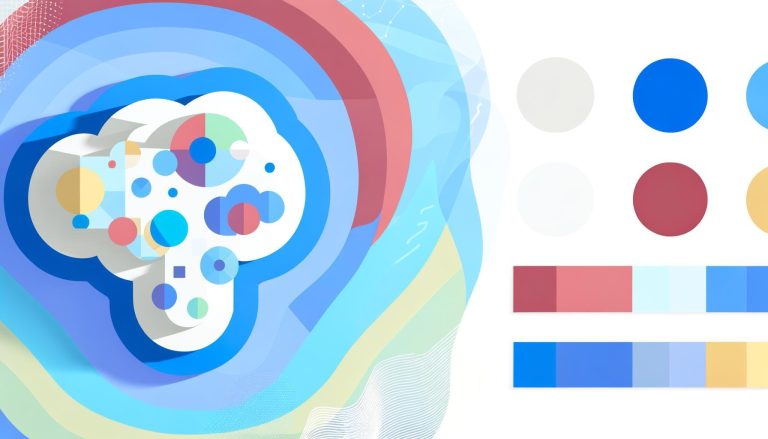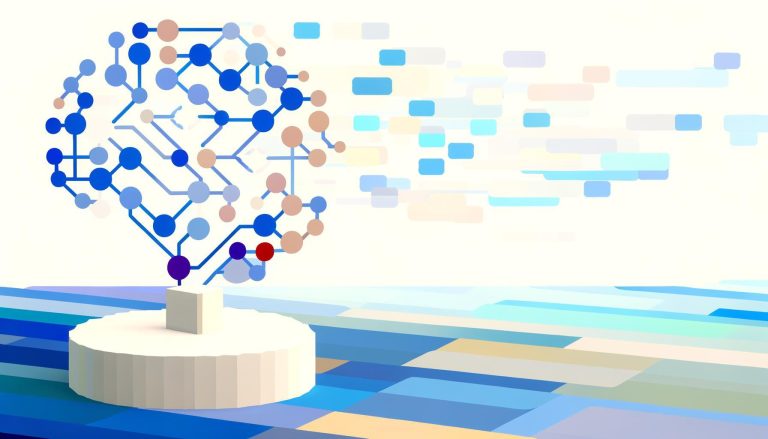The future of sand tray therapy is poised for a revolutionary transformation with the introduction of AI-enhanced symbolic expression. Sand tray therapy, a form of expressive therapy used primarily with children, allows clients to create scenes in a sandbox using miniature figures. The addition of artificial intelligence into this methodology holds the promise of enhancing the interpretation of symbolic content, thereby improving therapeutic outcomes. In this article, we will explore the innovative integration of AI into sand tray therapy, its benefits, practical applications, and the potential future developments in this exciting field.
Introduction to Sand Tray Therapy
Sand tray therapy has been a fundamental technique in psychotherapy, gaining prominence for its ability to help clients express complex emotions and experiences symbolically. By arranging miniature figures in sand, clients can create visual metaphors that reveal their inner world. This form of therapy is non-verbal, making it especially beneficial for children and individuals who struggle to articulate their feelings.
The Basics of Sand Tray Therapy
In traditional sand tray therapy, therapists provide a sandbox and a variety of miniatures, including people, animals, buildings, and fantasy characters. Clients are invited to use these items to construct a scene that represents their thoughts, feelings, and experiences. The therapist then observes and interacts with the client, sometimes interpreting the symbolic meanings of the created scene to facilitate deeper understanding and emotional healing.
This hands-on, creative process allows therapists to gain insights into their clients’ subconscious mind. However, interpreting these scenes is highly reliant on the therapist’s expertise and subjective understanding of symbols, potentially limiting the therapy’s effectiveness.
The Role of AI in Enhancing Symbolic Expression
Artificial Intelligence (AI) offers a groundbreaking approach to analyzing the symbolic content created in sand tray therapy. By incorporating machine learning algorithms and image recognition technologies, AI can assist therapists in identifying patterns and symbolic meanings that might otherwise be overlooked. Here’s how AI integration can enhance sand tray therapy:
Automated Symbol Recognition
Using advanced image recognition, AI can catalog and analyze the miniatures and arrangements created in the sand tray. This technology can help therapists by providing:
- Real-time Feedback: Immediate insights and interpretations based on a database of symbolic meanings.
- Pattern Recognition: Identification of recurring themes and symbols in multiple sessions, aiding in the diagnosis and treatment planning.
Enhanced Data Analysis
AI algorithms can process large amounts of data gathered from numerous therapy sessions. This data can be used to spot trends and correlations that might not be immediately apparent to a human therapist. Enhanced data analysis can help in:
- Longitudinal Studies: Tracking the progress of clients over time with objective metrics.
- Personalized Therapy: Tailoring therapeutic interventions based on unique patterns and behaviors identified by AI.
Supporting Therapists
By taking on some of the more mundane tasks of symbol identification and pattern analysis, AI allows therapists to focus more on the human aspects of therapy, such as building a strong therapeutic alliance and providing emotional support.
Potential Benefits of AI-enhanced Sand Tray Therapy
The integration of AI in sand tray therapy stands to offer multiple benefits, both for clients and therapists. These include:
Improved Accuracy and Consistency
AI can provide consistent interpretations of symbolic content, reducing the variability that can occur due to human error or different therapists’ subjective perspectives. This ensures a uniform standard of care and enhances the reliability of therapeutic outcomes.
Greater Accessibility
AI-enhanced tools can be made available in remote or underserved areas where there may be a lack of qualified therapists. Virtual sand tray therapy sessions conducted via online platforms can reach clients who otherwise might not have access to this therapeutic modality.
Increased Engagement
The use of modern technology can make sand tray therapy more engaging, especially for younger clients who are familiar with digital interfaces. Interactive AI-based tools that provide immediate feedback and suggestions can maintain interest and encourage active participation.
Practical Tips for Implementing AI in Sand Tray Therapy
For therapists looking to integrate AI into their sand tray therapy practice, here are some practical tips:
Choose the Right Tools
Research and select AI-enhanced sand tray tools that align with your therapeutic goals and the needs of your clients. Look for systems with robust symbol recognition capabilities and intuitive user interfaces.
Provide Training
Ensure that you and your staff are adequately trained in using AI-enhanced tools. Understanding how to interpret AI-generated data and insights is crucial for incorporating these technologies effectively into your practice.
Maintain Ethical Standards
It is essential to uphold ethical standards in therapy, even when using AI. Be transparent with clients about the use of AI in their sessions and ensure their privacy and confidentiality are protected.
Future Trends and Developments
The future of AI in sand tray therapy is bright, with numerous potential advancements on the horizon:
Virtual Reality Integration
Combining AI with virtual reality (VR) could create immersive sand tray environments where clients can build and interact with virtual scenes. VR can provide a dynamic and engaging platform for symbolic expression, especially beneficial for tech-savvy clients.
Advanced Machine Learning
As machine learning algorithms become more sophisticated, their ability to interpret complex symbolic content will improve. This will enhance the accuracy and depth of therapeutic insights provided by AI.
Collaborative Platforms
Future developments may see the creation of collaborative platforms where therapists from around the world can share AI-enhanced data and insights. This global collaboration can lead to improved therapeutic techniques and a deeper understanding of symbolic expression.
Conclusion
The integration of AI into sand tray therapy represents an exciting leap forward in the field of psychotherapy. By enhancing symbolic expression and providing data-driven insights, AI has the potential to make sand tray therapy more effective, accessible, and engaging. As technology continues to evolve, the possibilities for AI-enhanced therapeutic interventions are limitless, promising a brighter future for both therapists and clients.
If you’re interested in tracking moods and journaling your progress over time, consider using the Zenora app. It offers features like mood and habit tracking through journal entries, statistics to show trends, and goal-setting options, which can complement your therapeutic journey.





